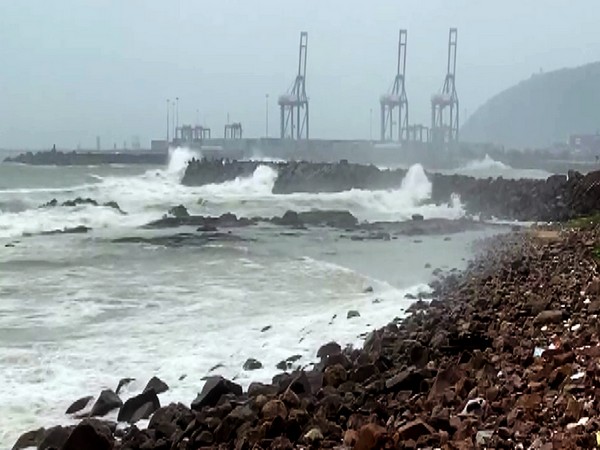Delayed Monsoon Retreat in India: Impact on Agriculture and Economy
India's monsoon season is retreating from the northwest later than usual, impacting farming and reservoirs. The monsoon season, crucial for the economy, typically starts in June and ends in mid-September. This year's extended rains have been both beneficial in replenishing water sources and detrimental to ready-to-harvest crops.

- Country:
- India
India's monsoon rains began retreating from the northwest on Monday, almost a week later than usual, according to the India Meteorological Department (IMD). The annual monsoon, which provides nearly 70% of the country's rain for farming and reservoir replenishment, is essential to India's $3.5 trillion economy. Nearly half of India's farmland relies on these rains for irrigation during the June to September period.
Typically, the monsoon starts in June and begins to withdraw by September 17. However, this year, the rains persisted, helping to fill reservoirs but also damaging crops that were ready for harvest in some regions. Reuters had reported in August that the monsoon was expected to extend into late September due to a low-pressure system.
The IMD reports that monsoon rains this season have been 5.5% above average. Conditions are favorable for further retreat of the southwest monsoon from parts of West Rajasthan, Punjab, Haryana, and Gujarat in the next 24 hours, according to the IMD.
(With inputs from agencies.)
- READ MORE ON:
- India
- monsoon
- IMD
- rainfall
- agriculture
- economy
- reservoirs
- crops
- low-pressure system
- irrigation
ALSO READ
Indicators suggesting slowdown in economy in Q2 has bottomed out: RBI Guv Shaktikanta Das.
Collateral-Free Agriculture Loan Limit Increased: Relief for Farmers
Modi govt will purchase all farm produce at MSP: Agriculture Minister in Rajya Sabha
Mongolia’s Economy Under Pressure: The Role of Climate in Shaping Economic Futures
Modi govt will purchase all farm produce at MSP: Agriculture Minister in Rajya Sabha










